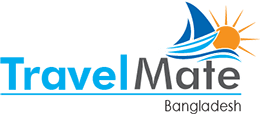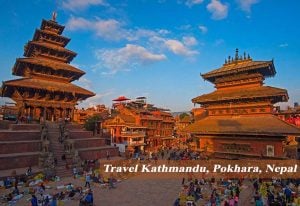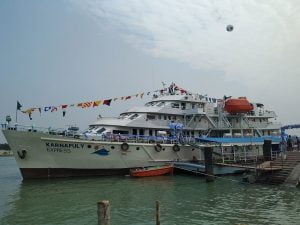The Indigenous People of Bangladesh are living mostly in the Chittagong Hilly areas. The communities are defined as distinct people socially, economically, and politically. They are also known as Tribal People or Ethnic Group or Minorities in Bangladesh. The life and culture of the Indigenous people are extremely fascinating. They are mostly from Buddhists. Some of the communities are also from Christians, Hindus as well as Animists. The primitive lifestyles are also seen among most of the ethnic group. In general, women do more hard-working activities than males.
The indigenous people are highly self-reliant. They like to lead a very simple life. On the other hand, they produce most of the daily necessities including food, clothes. Most of the tribal people can talk into two language – the language of the state and their own language (dialect). According to the communities, they have their own rites and rituals. Even they wear distinct dress. The women know some special skills including weaving the cloths, making traditional foods of the community and observing their own culture. In general, they lead a simple life and they are peace seeker and hospitable. In any critical condition, they go forward with one another.
Important to realize, according to the Statistics Bureau, there are 27 tribal groups in Bangladesh. They are living in the Chittagong Hill Tracts, Sylhet Division, Rajshahi Division, and Mymensingh District. Comparatively, the Chakma are the largest and the Marma are the second largest ethnic group in Bangladesh. They are under 1% (0.6%) over the total population of the country. Let’s see the complete list of Tribal people and their lifestyle.
Indigenous (Tribal/Ethnic) People of Bangladesh (List, Belief & Culture)
Most of the tribal groups are formed consisting of tribal kings, village headmen, and a self-sustaining natural lifestyle. The situation in the lifestyle is not satisfactory at all. They are very simple, honest, hospitable, and follow the tribal kings.
See Also: Baniachong– The Biggest Village In Asia: Travel Guide
1. Chakma Tribe
The Chakma (Changma) is the largest tribal community in Bangladesh. They are approximately living 444,748 people in this country. The Chakmas also live in the Tripura, Assam, Mizoram, Arunachal Pradesh, and Burma (Myanmar). In Bangladesh, they are living mostly in the Chittagong Hilly Areas (Rangamati, Bandarban, and Khagrachhari) including Cox’s Bazar. The origin of Chakma is from the Mongoloid people who are the people of Southwestern Burma. They talk in their dialect (Arakanese – Indo-European tongue) as well as Bengali. Among the tribal life, they are very rich in their culture and tradition.
The Chakma people are very innovative and adaptive than any other tribal people in Bangladesh. They follow the curriculum of Bangla and English in their educational institute. Though they can also talk in their dialect. It is thought that the young generations are not so interested in their own language. It is guessed that once the Chakma lived in Champoknagar and the community name came with this word. Though it is mostly accepted that they have come from Arakan in Burma in the fifteenth to the sixteenth century. The history says the Chakma get permission to stay in the hilly areas instead of paying tax for cotton. The Chakma Raja (the paramount chief) always maintain the rule of Govt. Thus they started to establish themselves with the culture of this region.
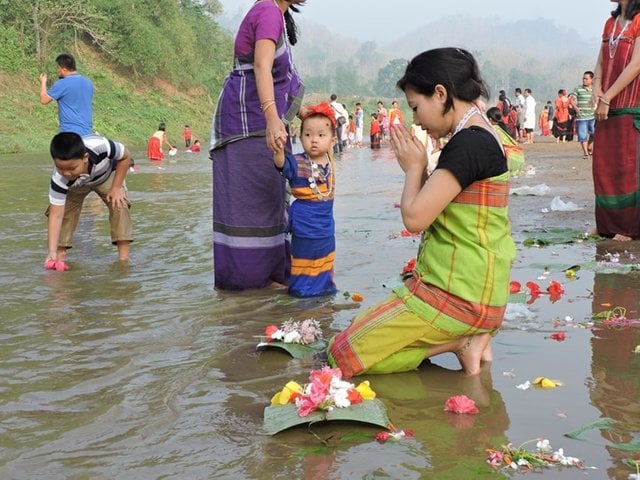
The people of Chakma belief the religion of Buddhist. The houses of Chakma are built traditionally with the bamboo. In recent times, they are also following the modern architecture. They live depending on agriculture. They grow different types of crops following the eco-friendly method known as “Jhum cultivation.” The women of this community wear homemade Pinon and Khadi. The men generally wear the Dhuti. In addition, they have their own script in their dialect language. Even the ancient religious books are written in this language in palm leaves.
Read More: Top 15 Islands in Bangladesh You Shouldn’t Miss
2. Marma Tribe
Marma Tribe (Also known as Moghs or Maghs) is the second largest tribal group in Bangladesh. Approximately, they are 210,000 in number. They live in the Chittagong Hills region (Especially in Bandarban, Khagrachari and Rangamati Hill Districts, Cox’s Bazar and Patuakhali) in Bangladesh. Still, some of them are living in Tripura, India, and Myanmar. The origin of Marmas is from Burmese (Myanmar) ancestry. So, they lead the cultural life as like the Burmese and their dress and script are also from pure Burmese. A group of marma Tribe named Jhumia Marmas is living in the southeastern part of Bengal a long time ago. On the other hand, another of Marma Tribe named Rakhaing Marma has come at the end of the 18th century from Arakan after conquering the kingdom by Burmese.
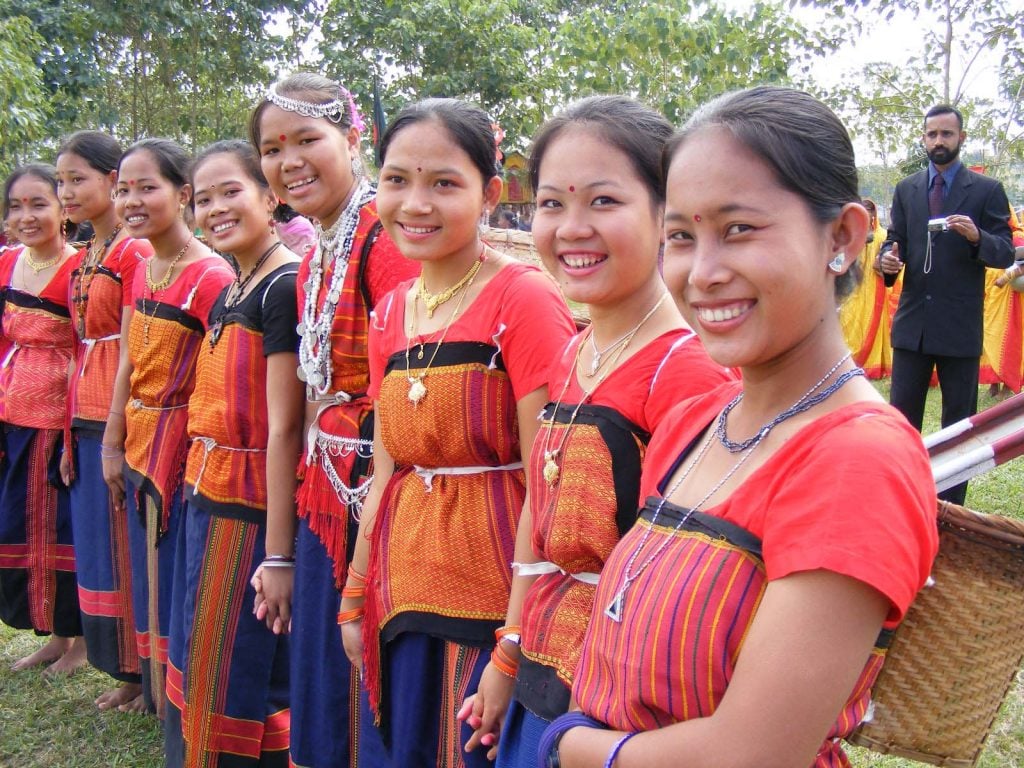
The influence with the Bengali culture in Marma Tribe is huge. Though they talk in the language of Arakanese dialect as well as Bengali. They follow the religion of animistic Buddhism. They are depending on plow agriculture. In general, the culture of Marma Tribe is unique. They have their own dress, food habits, songs, musical instruments as well as religious belief. They observe their own festivals. The biggest one is Sangrai. It is the festival of observing New Year according to the Buddhist lunar calendar. It is also known as the Water Festival. They splash one each other during the festivals. They believe the water will remove the sorrows and clear the mind and body.
See Also: Manpura Island: Travel Guideline
3. Tripura Tribe
The Tripuras mainly live in Khagrachari District of Chittagong Hilly areas. Besides, the small group of the Tripuras also live in Comilla, Noakhali, Chandpur as well as Moulavibazar. The total number of people in this community is nearly 1 lac in Bangladesh. They are now proud citizens of this country. On the other hand, Tripura is also live in India. The amount is nearly half a million in the state of Tripura. In general, when the India subcontinent was divided into Bangladesh and Pakistan, the small portion of Tripura was under Bangladesh (East Pakistan) in 1949.
The Tripura Tribe or Community is divided into 36 clans or dofas or sub-groups. Among them, the Gurpai, Jomatia, Dendak, Tongpai, Gorjong, Khakulu, Gaigra, and Murasing are very well known in the community. The language Tripura is known as Kokborok. More than 1 Million people talks in this language. Not to mention, Boishu is the main festival of the Tripura ethnic group. Most of the Tripuras now believe in Hinduism though they have their own God also. Now, some of them are converting into Christianity.
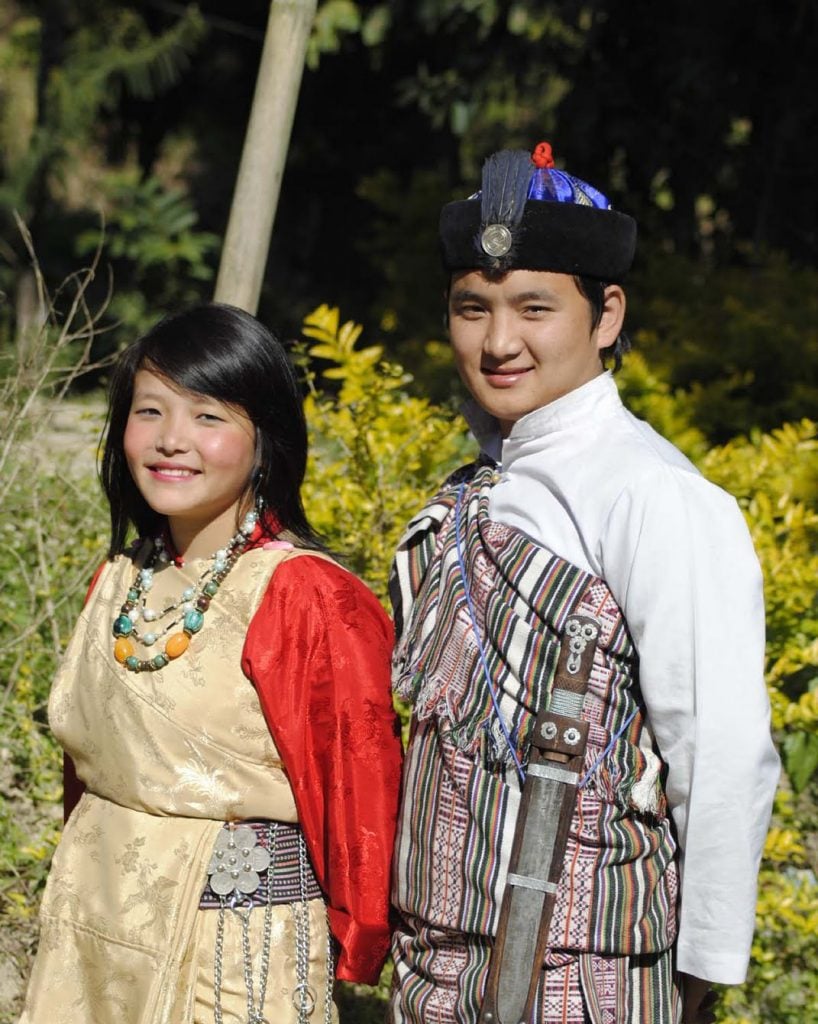
Tripurabda is the calendar of Tripura community. It is older than the Bengali and Gregorian Calendar. According to the researchers, the Tripurabda is 590 years younger than Gregorian Calendar and 300 years older than Bangabda. The culture is very unique in the community. The Tripura from both India and Bangladesh follow almost the same culture. Happy to say, the literacy rate is very high than other indigenous people in Bangladesh. Even the graduate rate is also increasing. They are not very good in Bengali, so they face a problem when admitting the education institute. Though they are overcoming the situation day by day.
4. Santals
The Santals are another oldest and largest Indigenous community in Bangladesh. They are mostly living in the Rajshahi and Rangpur division. On the other hand, The Santals also live in India, Myanmar, and Nepal. The total number of Santals in Bangladesh is nearly 3 lac according to the statistics of 2001. They talk in their Santali (Austroasiatic/Munda) language. This tribe people are living from thousands of year ago. They are also mentioned as Santhal, Saonta, Saonthal, and Saunta. The Santals believe that their origins are from the seven pairs of children of the first human the Peelchu Buro and the Peelchu Buri. That is why the Santals are divided into seven groups. These tribes are called Parris in Santali language. Now the Santals are divided into seven subgroups.
Read More About Top 10 Hindu Temple in Bangladesh (Oldest And Biggest)
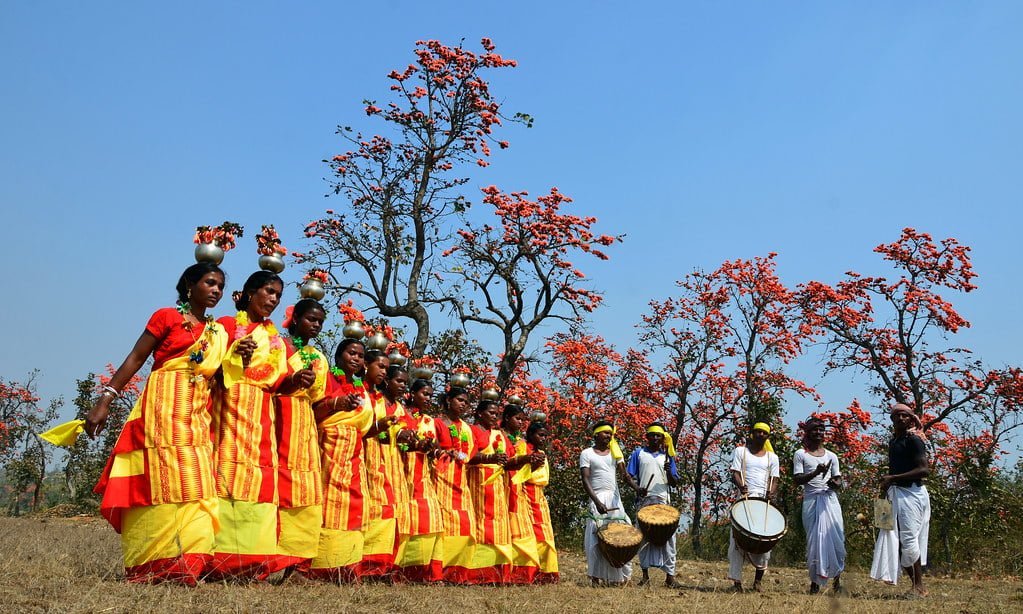
The Santals are very rich in culture. According to the groups they believe in different Gods. For example, Sari Dharam, Sarnaism, Hinduism, and Christianity. The Supreme Deity of Santal is Marang Buru or Bonga. They are very simple and love nature. Now the Santals people are encouraging their child to take education. They love entertainments and festivals. They observe Sohrai as their principal festivals. Alongside, they also observe Baha, Karam, Dansai and many other festivals. The dance of Santals is very popular among the tribal people.
Socially, they believe in Patriarchy. The son gets all the property and if the father wishes, he can give his daughter some portion of it. Otherwise, the girl will not get anything. They can’t marry amongst the clans. Among the Santals, the notable people are Sidhu Murmu, Kanhu Murmu, Raghunath Murmu, Gobinda Chandra Majhi, and many more. Mostly they like to eat rice and meat. They lead their life with agriculture. Similarly, the Santals are interested in art.
5. Tanchangya Tribe
The Tanchangya people are living mostly in the Chittagong Hilly areas. In particular, they are living in the forest areas and earn a livelihood from the forest as well. There are mainly 13 sub-groups or clans of Tanchangya tribe. According to the statistics of Bangladesh Adivasi Forum in 2001, there are 31,164 Tanchangya people in the Chittagong hilly areas. Though due to lack of researches we can’t know the exact total number in Bangladesh. Besides, they are also living in the Chittagong, Rangamati, Bandarban, and Cox’s Bazar district. At the same time, some of the groups are also seen in the Assam, Tripura, Mizoram, and Myanmar. Important to realize, the Govt. of Bangladesh declared the forest area as reserved. For this reason, the Tanchangya Tribe faces a great problem. Though day by day, they are also staying at the side of forest areas now.
Check Also: Top 10 Mountains in Bangladesh, You Shouldn’t Miss!

The Tanchangya came from the Arakanese “Taung” and “Tong”. It refers to Hill or Hill Top. Similarly, Tanchangya means Swidden Farmers. To clarify, the Swidden Farmers in the hilltop areas are defined as Tanchangya. They are from the Buddhist religion. They are living depending on the forestry areas. In recent times, they are conscious of education about their child. With this in mind, some of the young girls and boys from the Tanchangya community are entering in the Govt. and private job sectors in Bangladesh. They got the recognition of the indigenous people in 1989.
Additionally, they are very romantic in their daily life. They love music and they can dance as well. The women of Tanchangya tribe loves to wear the “Paiet Kapor”. It is the combination of five parts of the full dress including Pinon, Fadhuri (belt), Mada-kobong, Khadi (Scarf), and Shaloom (Blous). Not to mention, women also love to wear ornaments on every occasion. On the other hand, the men of Tanchangya people wear loincloth and special types of long shirts. They observe ‘Bishu’ as their main festivals in a year (Celebrated in the beginning and end of Bangla New Year).
See Also: Top 15 Sea Beaches In Bangladesh, You Shouldn’t Miss!
6. Khumi Tribe
The Khumi Tribe is one of the smallest ethnic group in Bangladesh. Actually, they live in the Chittagong hilly areas. Approximately, they are in total of 1968 people according to the year of 2000. The origin of Khumi came from the combination of two words of Khumi Language, Kha, and ma. Khan refers to Man and Ma means the best race. That means the man who can race best. According to the Arakanese language, Kha means Dog and Ma refers to race. That means the dog race best. Anyway, the dog is the favorite food of the Khumi people. So, it can be.
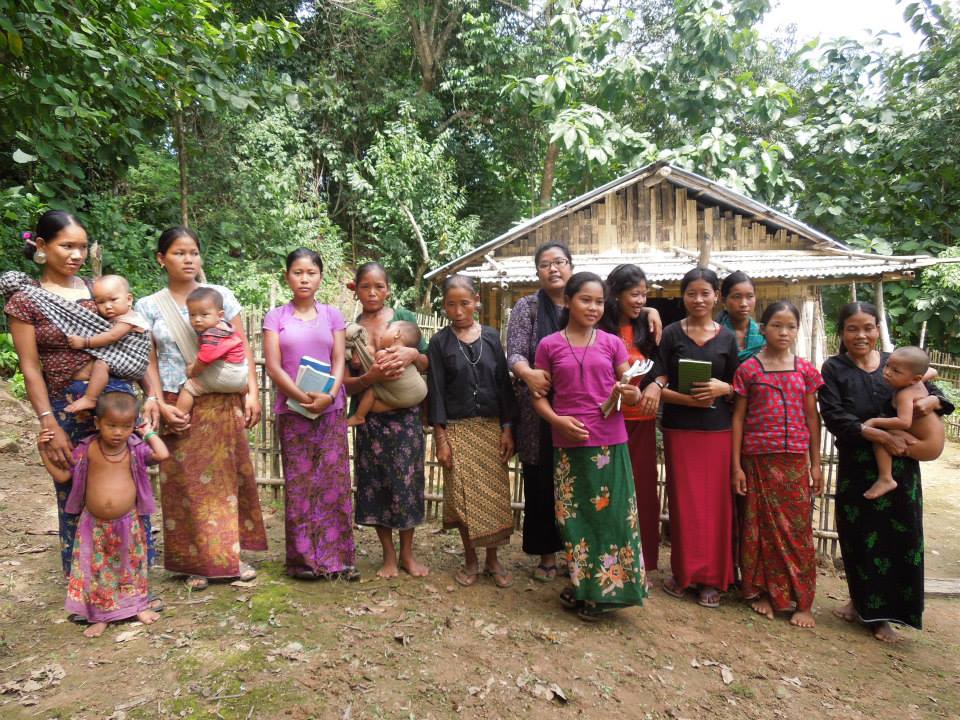
The Khumi Tribe has come from Buddhist. Now they are mostly Animist. They believe the god “Pathian”. Under this chief god, there are gods named “Nadog” (Household Deity), and “Bogley” (The Water Deity). The Khumi people follow two rules for marriage and they are divided with these rules. Such as Wife-giving, and Wife-taking clans. The property is maintained by the elder son of the family. Notably, This indigenous group is also seen in the Burma border and they are nearly 1.5 lac.
Read More: Char Kukri Mukri: Travel Guideline
The Khumi Tribe have come from the Arakan Hilly areas of Burma (Myanmar). They are very hard working people and they cultivate most of their own foods. They build their houses in the tree-tops and the places are surrounded by bamboo. They follow their chief. At the same time, they provide some tribute through their village headman. They are very loyal to their chief law. They get recognition from the chief when they can do any good work. On the other hand, they are punished if they break the law. They are living in the Bandarban hilly areas including Ruma and Thanchi.
7. Mro Tribe
Mro Tribe is one of the oldest ethnic group in Bangladesh, and it is thought that they are the original inhabitants of Chittagong hilly areas. They are living primarily in the Bandarban District and Rangamati Hill District at the side of Bangladesh and Myanmar border area. Some of the subgroups also live in West Bengal, India. The origin of Mro Tribe came from Chinn People of Burma. They are divided into 5 subgroups considering the cultural and linguistic distinct. Such as Tshüngma, the Anok, Dömrong, Rümma, and Dopteng. The Mro People is also familiar with the name of the Mrung,Taung Mro, and the Mrucha.
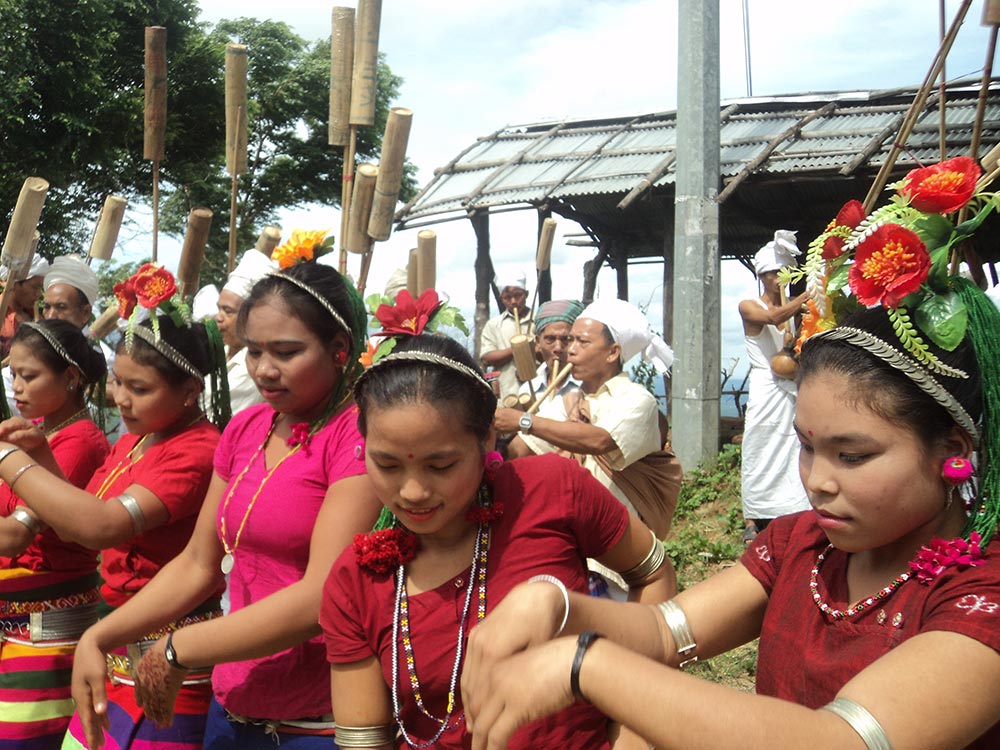
According to Hattaway, Paul (2004), there are 20,000 to 25,000 Mru People in Bangladesh. At the same time, In India (West Bengal) and Myanmar, the amount of Mru People is 20,000 and 12,000. They tell, their ancestors lived at the side of Kaladan River. In general, they talk in Mru language which is the dialect of the Sino-Tibetan family. The Mros are considered as Buddhist. Really most of them follow Animist. They think the creator of the people is “Turai” and the other helping gods are “Oreng”, “Sungtiang”. Some of them also believe in Khrama and Christianity. Important to realize, they have no specific religious books as well as script.
See More: Dublar Char: Travel Guideline
They have some traditional beliefs, rites, and rituals. For example, they think the sun is from femininity group and the moon is from masculinity group. At the same time, when a child is born in their community, they placed four bamboos in the bank of the river. Then a chicken is killed and blood is kept in the bamboo. A special prayer is performed with the villagers. They believe it is for the satisfactory for the god. In general, the local culture is very rich among Mro community. The observe their main ceremony once in a year. A special ceremony named “Nasyat Pa” or “Kumlang” is also observed with the kill of a bull. The tribe people are very simple and interesting as well.
8. Lushai Tribe
The Lushai Tribe are living in the Chittagong hilly areas from 150 years ago especially in the Rangamati and Bandarban district. They are familiarly known as Mizor or Mizo People. They were migrated here from Tripura and Lushai Hills of India. The origin of Lushai Tribe is from Kuki- chin group of tribes. The word Lushai (Lusei) is referred to as Zomi in the Lushai hill. Mainly, the word is the combination of Lu (Head), Sei (Long); that means the long head. There is no specific research about their number in Bangladesh. It is thought they are not more than 15,000 people. Someone also thinks they are nearly 5000 people only. They live in Hilltops. On the other hand, they are very ferocious from the past time. So, the entrance of their areas is heavily guarded.
The Lushai Tribe are mostly Animist. They believe the god “Pathian”. Their belief, God is protecting them from any troubles. In recent times, they believe in Christianity god since 1894. They talk in their own tone language. It is written in Latin Script. Some of them can also talk in Kuki-Chin dialect. Mainly, all of them follow the Lushai or Dolne dialect as their main language. Moreover, they are active in cultural activities. They observe three main festivals including Chapcharkut or Basanta Utshab, Mimkut, and Palkat. They welcome any festivals, the main attractions also, with Cheraw or Bamboo Dance.
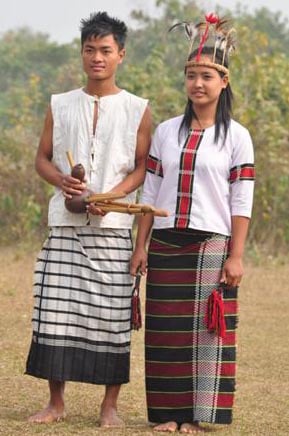
The Lushai Community wear traditional colorful dresses. The women wear Pajara and Risa, the men wear Dorlem. They eat mainly the meats as well as “Sa-Um-Bai”. They sing their clan song and folk tales as well. Both men and women love hunting. They live with Jhum Cultivation and produce Paddy, Vegetables, Maize, Sesami, etc. Women can make Shawlas and bags. As a Patriarchal society, they practice agamous marriage. They are less active in politics, especially women. They are busy with cultivation. Some of them are now educated and trying to enter in the job sector and the social activities.
- Tanguar Haor: Travel Guideline
9. The Jaintia
The Jaintia Tribe lives in the northern area of Sylhet Division. They are also familiar as Synteng or Pnar. In 1947, after the division of Bengal, most of them leave this country. Very few of them stays in Bangladesh and now they are living in the Jaintiapur Upazila. In Bangladesh, they are only Twenty Thousand, though the total population is nearly 3 lac (2011) in India. They are from the Mongoloids. It is also thought that they are from the same origin as the Khasi Tribe. But there have no documents regarding this without the physical structure.
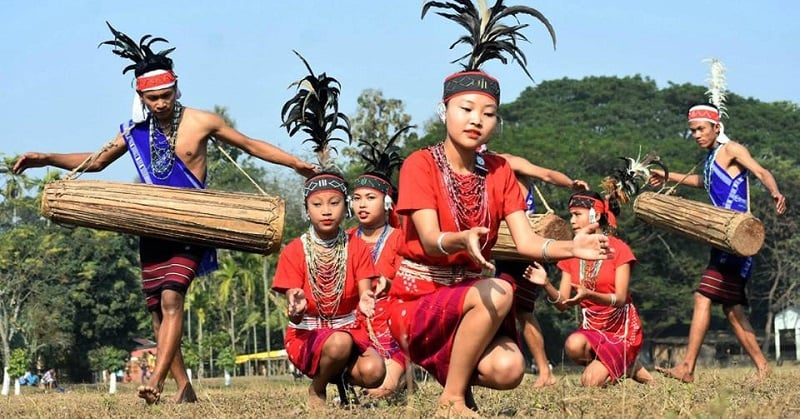
Jaintia people believe in Hinduism. Though they have no temple for praying to their gods. They tell the god can realize the soul without any decoration. Their main occupation is agriculture. They cultivate various types of crops including betel leaves and nuts. Important to realize, they are matriarchal. That means the child will grow up with the title of the mother’s clan. The girls get the full property of their family. Another key point, it is completely prohibited Intra tribal marriage. They follow the rule of chief panchayet. The community elects the chief of the panchayat.
10. Garos and Khasi Tribe
Mostly, the Garo Tribe are found in the Indian subcontinent including Meghalaya, Assam, Tripura, Nagaland. In Bangladesh, they are living in the Mymensingh, Netrokona, Jamalpur, Sherpur and Sylhet areas. In total, the number of Garo people are above 1 million. In Bangladesh, they are nearly 1,20,000. They are also familiar with the name of A·chik Mande (That means Hilly People). Most of the Garo People follow the religion of Christianity. Some of them are also from Animist and they are known as Songsarek, their tribal religion. They talk in their own Garo language which has come from Tibeto-Burman language family. They talk in their dialects also. Important to realize, there are more than 10 dialects according to the clans. They are mainly from matrilineal societies. They take the title of their mother. They observe different types of festivals depending on the Agricultural crops. The biggest popular one is Wangala.
See Also: Top 10 largest Mangrove Forest In The World
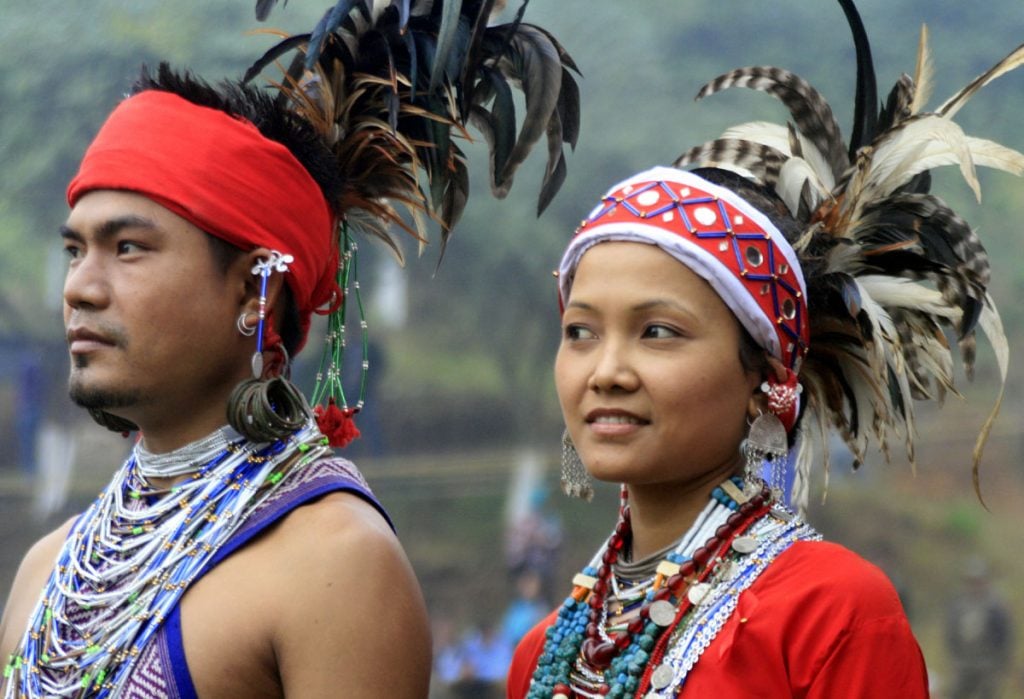
Khasi People live in India and Bangladesh in the Khasi and Jaintia hill. They talk in Khasi language. They are living certain parts of Bangladesh including Rangpur, Mymenshing, and Gazipur. They follow Christianity and before going to the official religion, they believe in tribal culture. The total number of Khasi people in Bangladesh is nearly 85,120.
11. Other Tribal People In Bangladesh
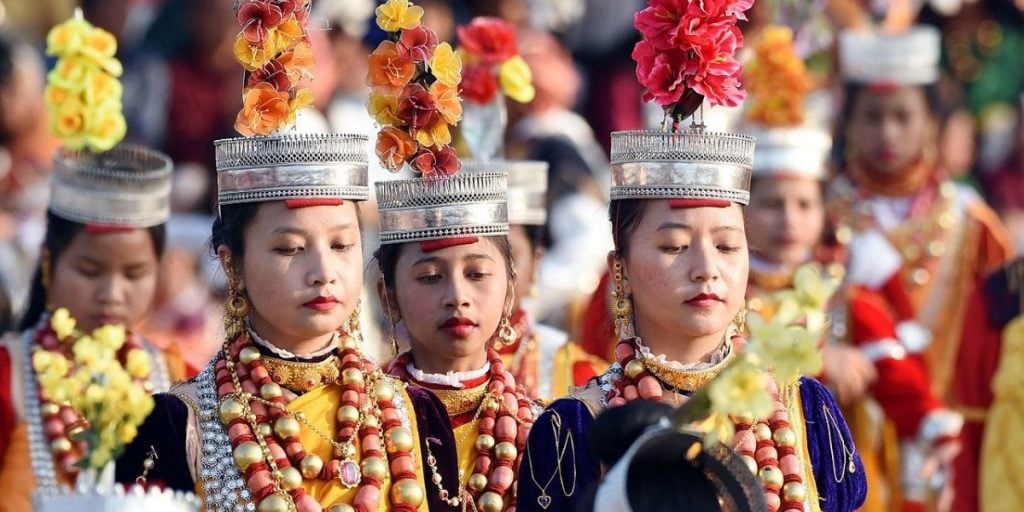
There are some other Tribal Community in Bangladesh. For example, Khiang Tribe, Bawm and Pankhu Tribe, Chak Tribe, The Mros, Keot(Kaibarta), “Pangal or Pangan” (The Muslim tribes ), Pankho, Khumi, Kokborok, Sadri, and Chak.
- Top 10 Mountains in Bangladesh, You Shouldn’t Miss!
Want To See The Tribal Life Closely?
The tribal life is very simple but different and colorful in some cases. If you want to see the tribal lifestyle, you can make a tour plan with Travel Mate. We are going Bandarban, Rangamati, Khagrachori in regular. There have opportunities to watch the indigenous lifestyle. For more information regarding visiting tribal villages with your family or any other historical places in Bangladesh, contact us at any time. Thanks in advance.
